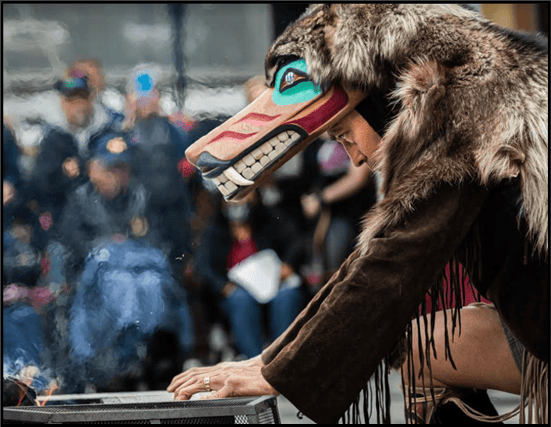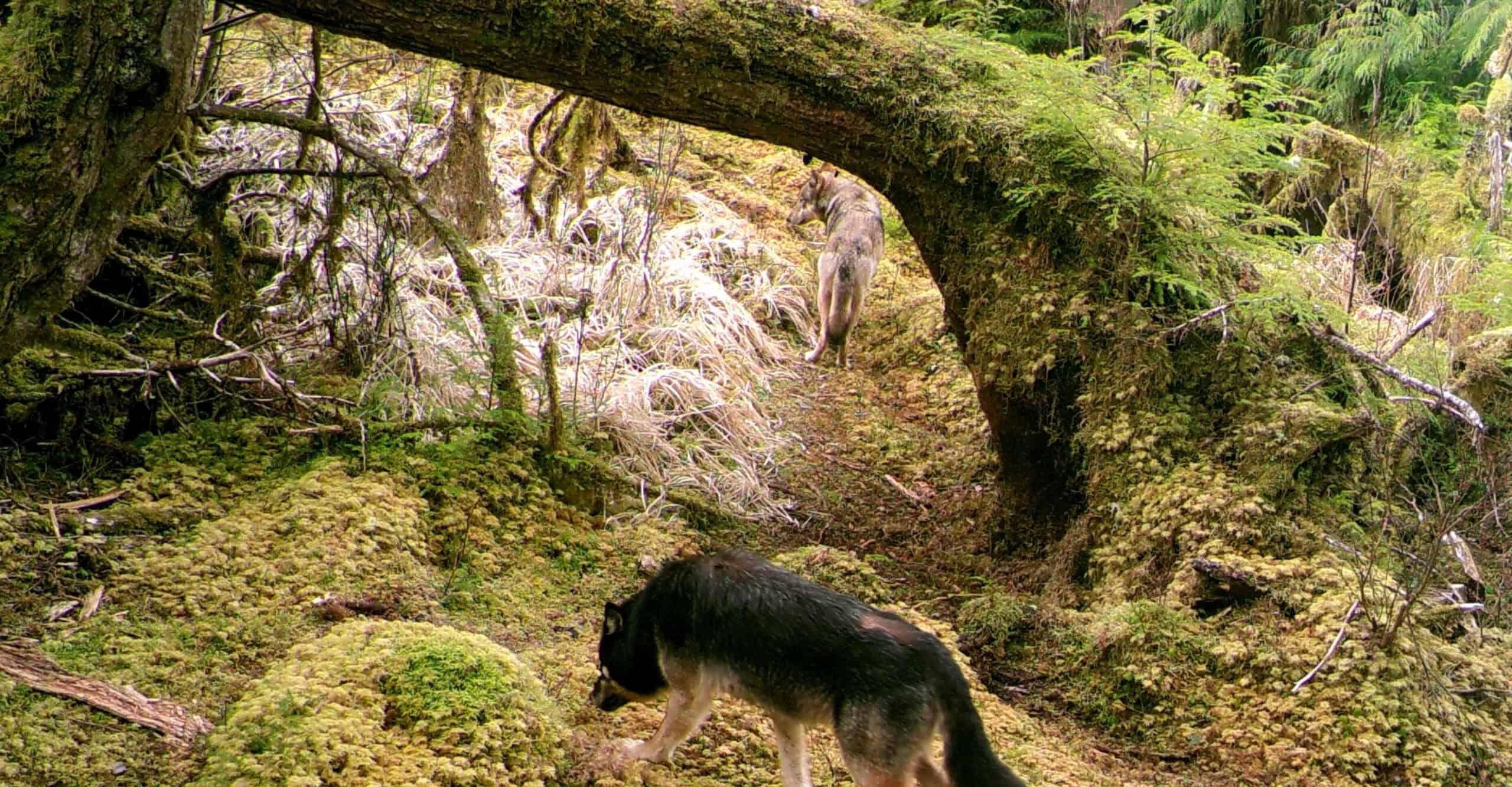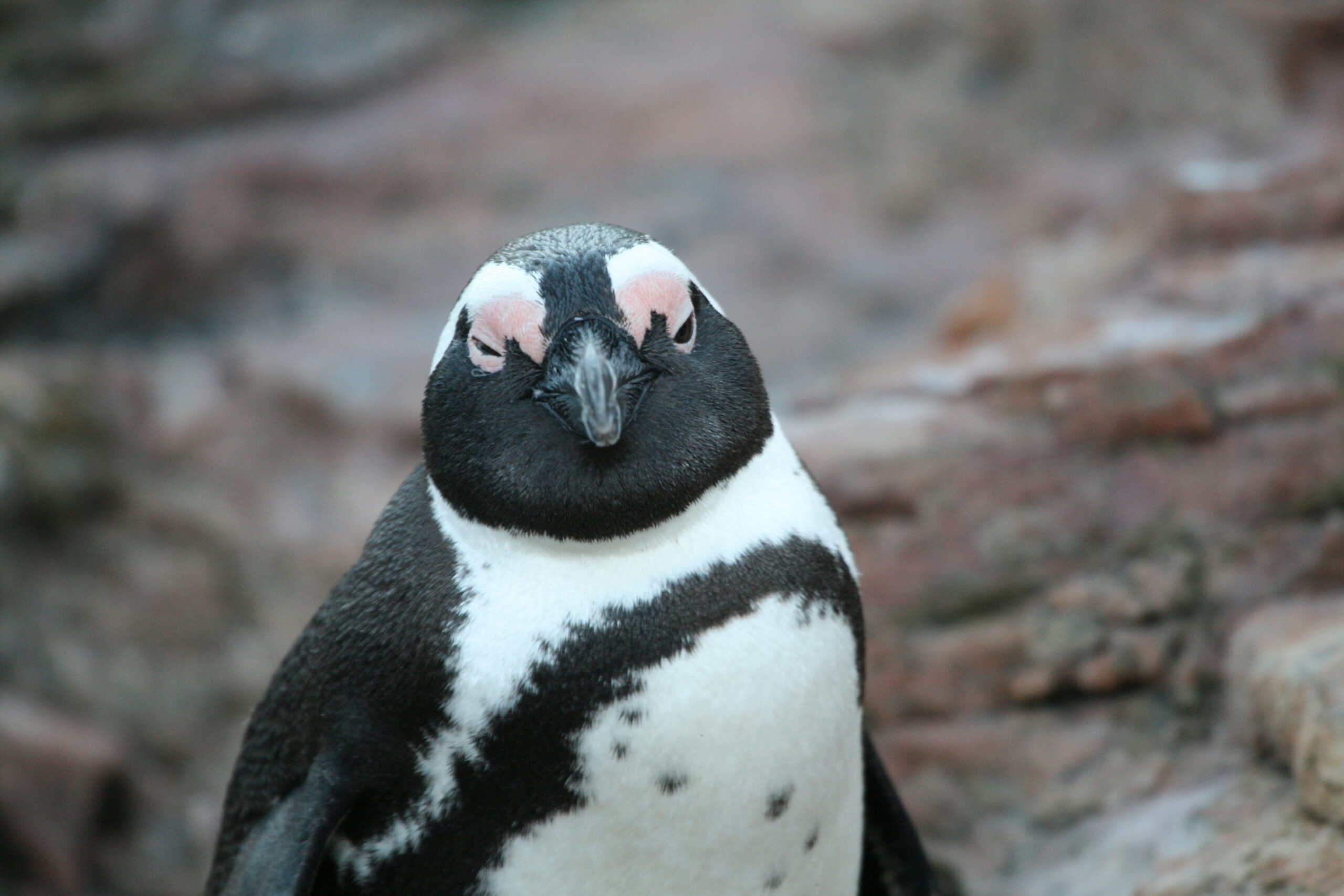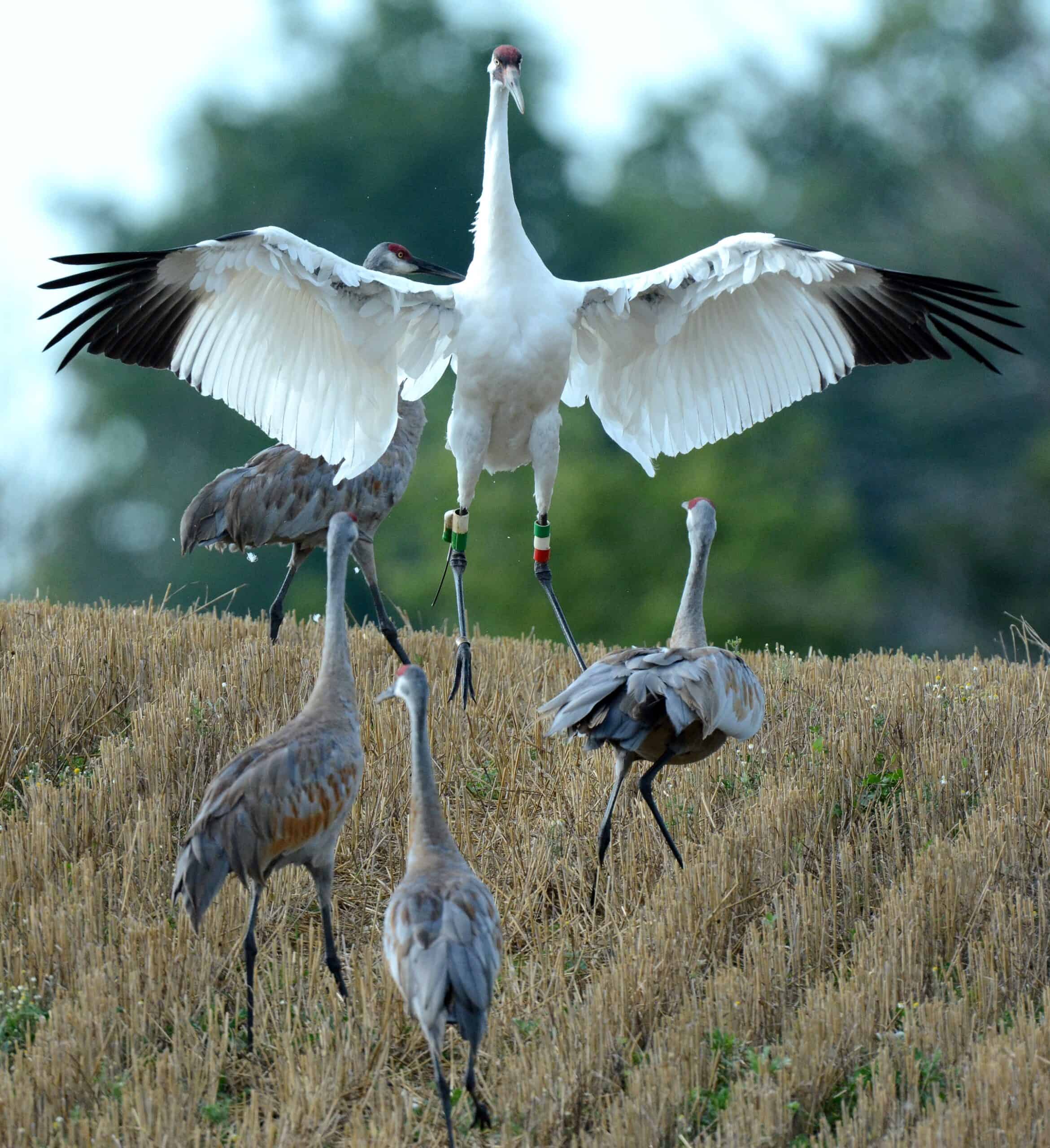Share this article
Wildlife Featured in this article
- Alexander Archipelago wolf
- Moose
- Sitka black-tailed deer
JWM: Indigenous knowledge informs Alaska wolf listing
Alaska Indigenous people have lived alongside wolves for centuries
Wolves have roamed the Alexander Archipelago far longer than human designations such as the Tongass National Forest existed in the area. They were there before the existence of the U.S. Endangered Species Act, before Alaska became a state, and probably before humans arrived in Southeast Alaska thousands of years ago.
Knowledge from Indigenous experts, who have lived in the area for centuries, has helped the U.S. Fish and Wildlife Service decide to not list the Alexander Archipelago wolves under the ESA.
“It is possible to apply Indigenous knowledge to make a decision on the Endangered Species Act,” said Jeff Brooks, a social scientist with the U.S. Bureau of Ocean Energy Management. “Whenever there is more than one way of knowing, you want to consider all of them.”
Petition to list
The Alexander Archipelago wolf subspecies (Canis lupus ligoni) is limited to its namesake islands and the mainland coastline of Southeast Alaska and Canada—an area isolated from other parts of the continent due to its rugged geography.
The Defenders of Wildlife and other conservation organizations petitioned the U.S. Fish and Wildlife Service to list these wolves under the Endangered Species Act in 2020, citing “decades of intensive clear-cut logging and road-building.”
In response, the USFWS conducted a species status assessment. Part of that assessment involved working with Indigenous Alaskans to learn about their ecological and cultural knowledge of the subspecies. Brooks’ colleague, Steve Langdon, collected interviews with Tlingit and Haida hunters, trappers and others to better understand the wolves in the Tongass National Forest, which encompasses most of the archipelago and parts of the southeastern Alaska mainland. The results of their work were published recently in the Journal of Wildlife Management.
Rosita Worl, president of the Sealaska Heritage Institute and a member of the Tlingit Nation, said that staff from Sealaska—an Alaska Native Regional Corporation created under the Alaska Native Claims Settlement Act of 1971—was involved in the paper.
“Brooks’ paper is really great in terms of recognizing Indigenous knowledge and community,” she said.
Indigenous knowledge of wolves
Wolf fur is valuable and used by Alaska Native artists and clothing makers across the state. Brooks’ team interviewed nine Alaska Native experts with hunting and trapping experience and cultural expertise to understand their beliefs and practices regarding the subspecies’ role and place in the landscape.
“In addition to their deep and long-lasting cultural connections to the animal, they hold immense knowledge about the subspecies distribution and abundance on the landscape, population dynamics, predator-prey relationships, wolf reproduction, and social structure,” Brooks said.
Since this kind of knowledge can be very specific to an expert’s locale, the team tried to speak to people from throughout the region with experience in many parts of the wolf’s range. Their knowledge wasn’t limited to wolves themselves. The Haida and Tlingit also know about the predators’ relationships with ungulates like moose (Alces alces) and Sitka black-tailed deer (Odocoileus hemionus sitkensis), and they take wolves at a level to ensure adequate numbers of moose and deer are available for the needs of communities.
“Wolf harvest for subsistence purposes is a means of management, ensuring that people are going to have venison in their freezers,” Brooks said.

The Indigenous hunters work toward balance as a conservation strategy. Without wolves preying on the herds, excessive numbers of deer and moose may overbrowse the landscape and starve. Too many wolves, however, means the wolves could starve. For the Haida and Tlingit, that can affect the quality and amount of venison and wolf pelts.
For the Indigenous people of Southeast Alaska, Brooks said, “the people, wolves, and ungulates all need to be in balance, so no one is using too much. It’s a holistic approach to management and a balanced approach to conservation.”
Wolves are also deeply respected in and of themselves. “There are wolf clans, and wolf houses connected to those clans, as part of the human social structure in Southeast Alaska,” Brooks said.
The Service’s decision
In August 2023, the Service announced that listing the subspecies was not warranted under the ESA after finding the subspecies was well distributed through its range and highly adaptable to the changes on the landscape.
“This tracks well with the knowledge of the Tlingit and Haida people with whom we spoke,” Brooks said. Elders and hunters preferred to work with state wolf managers to maintain balance on their own terms without further federal regulatory constraints. If the USFWS had come to a decision to list the subspecies, “we think the local experts would have been surprised, because they didn’t provide any evidence that the species needed to be listed,” Brooks said.
He hopes that Indigenous knowledge becomes a fixture in future listing decisions like this—this is one of the first formalized applications of Indigenous knowledge in a federal ESA decision document, he said. “Some of these folks who have been trapping wolves for 60 years can fill in many knowledge gaps while at the same time, sharing important aspects of their cultures and ways of life.”
This article features research that was published in a TWS peer-reviewed journal. Individual online access to all TWS journal articles is a benefit of membership. Join TWS now to read the latest in wildlife research.
Header Image: Alexander Archipelago wolves captured on a trail camera in Southeast Alaska. Credit: U.S. Forest Service








